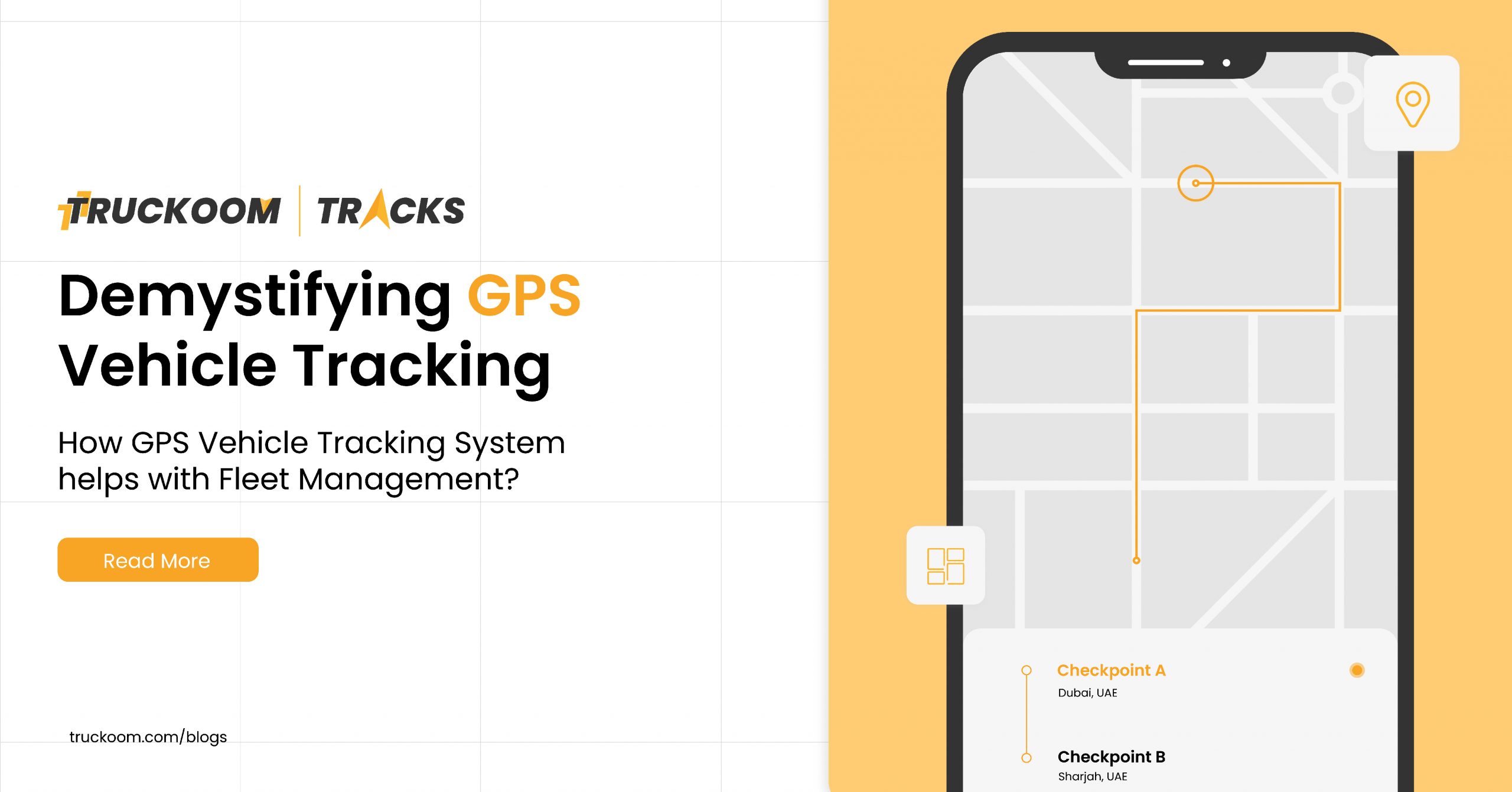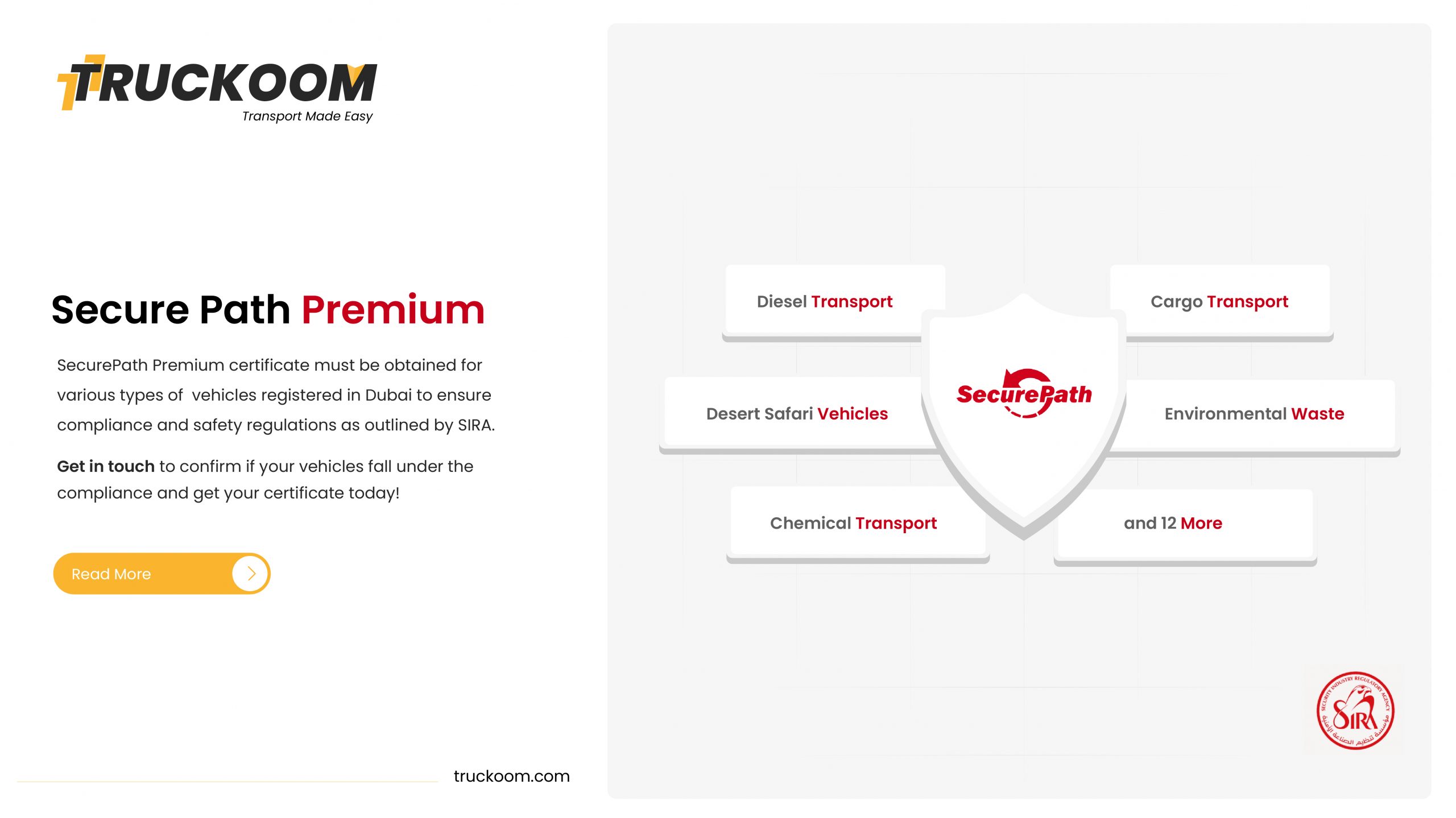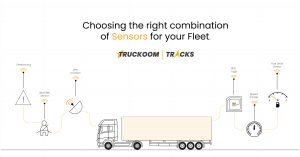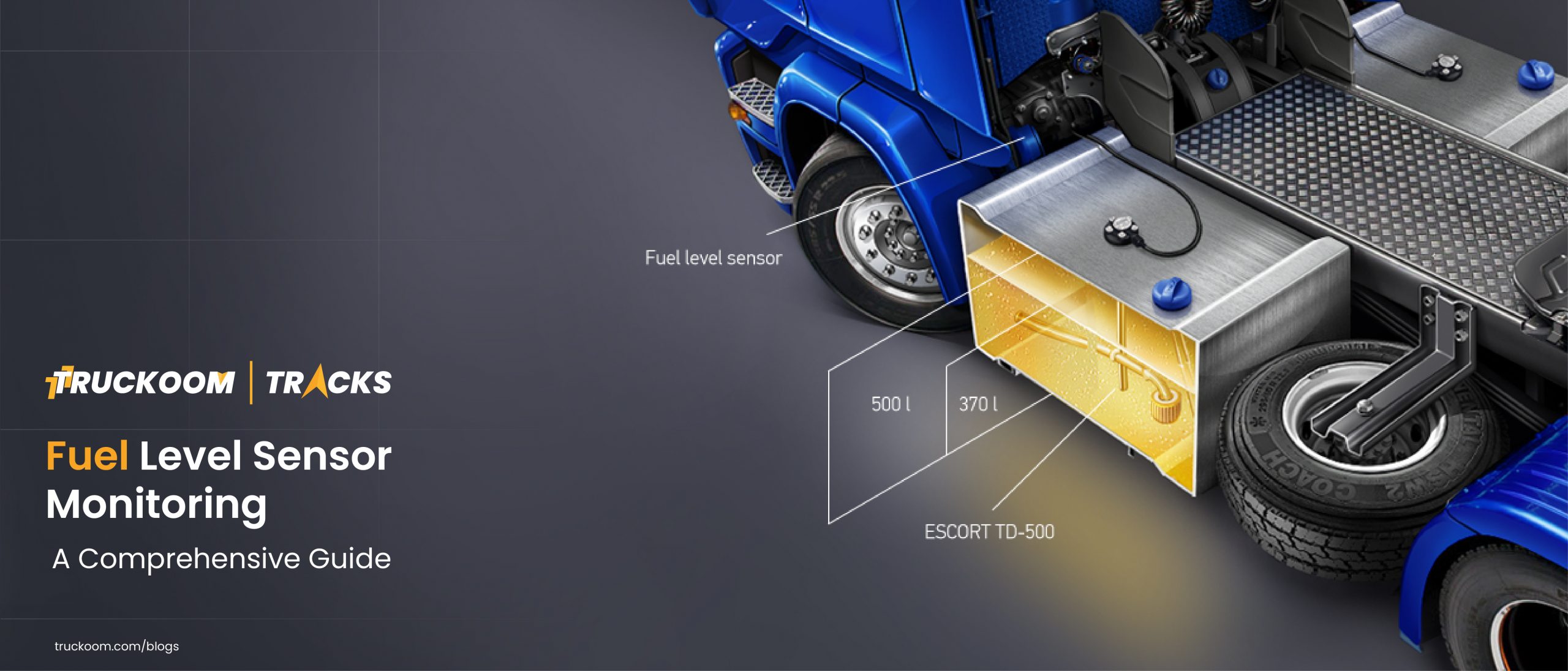In the world of fleet management and transportation logistics, GPS vehicle monitoring systems have become indispensable tools for businesses aiming to optimize their operations. These systems offer a wealth of benefits, from real-time tracking to enhanced compliance. Let’s delve into how GPS vehicle monitoring systems operate, including the use of telematics, and clarify some common misconceptions.
Understanding GPS Vehicle Monitoring Systems
At the core of a GPS vehicle monitoring system is GPS (Global Positioning System) technology. This system relies on a network of satellites orbiting the Earth, continuously transmitting signals that can be used to pinpoint locations anywhere on the planet. GPS receivers in vehicles pick up signals from these satellites to determine precise coordinates.
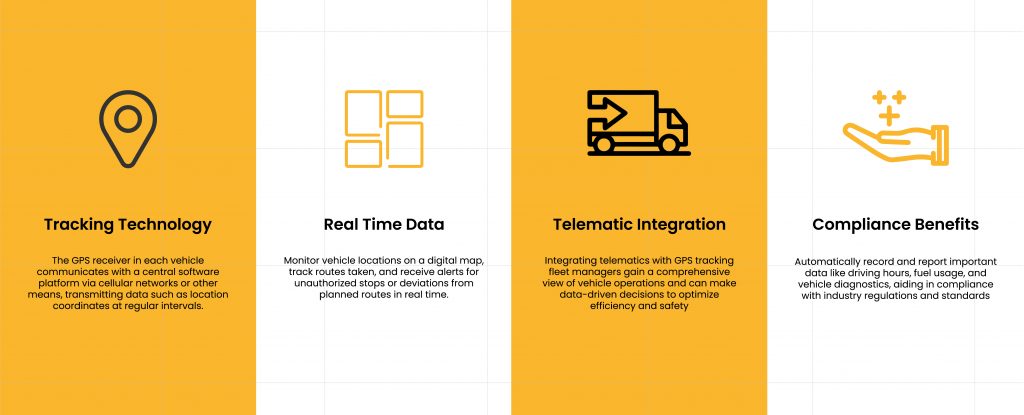
- Tracking Technology:
GPS vehicle monitoring systems leverage this GPS data to track the location, speed, and direction of vehicles in real time. The receiver in each vehicle communicates with a central software platform via cellular networks or other means, transmitting data such as location coordinates at regular intervals.
- Real-time Data:
The real-time data collected by these systems is invaluable for fleet managers. They can monitor vehicle locations on a digital map, track routes taken, and receive alerts for unauthorized stops or deviations from planned routes. This up-to-the-minute visibility allows for efficient dispatching, route optimization, and improved response times to customer needs.
- Telematics Integration:
In addition to GPS, modern vehicle monitoring systems often incorporate telematics technology. Telematics refers to the use of telecommunications and informatics to transmit data over long distances. This technology enables the collection and analysis of detailed vehicle data beyond just location. Telematics can provide insights into vehicle performance, engine diagnostics, fuel consumption, driver behavior (such as harsh braking or acceleration), and more. By integrating telematics with tracking, fleet managers gain a comprehensive view of vehicle operations and can make data-driven decisions to optimize efficiency and safety.
- Compliance Benefits:
One major advantage of GPS vehicle monitoring systems is their role in ensuring regulatory compliance. Many industries, such as transportation and logistics, have strict rules regarding driver behavior, hours of service, and vehicle maintenance. GPS systems with telematics capabilities can automatically record and report important data like driving hours, fuel usage, and vehicle diagnostics, aiding in compliance with industry regulations and standards.
Addressing Common Misconceptions
Despite the clear benefits, GPS vehicle monitoring systems sometimes face misconceptions:
- Privacy Concerns
One common concern is the invasion of driver privacy. However, reputable GPS systems are designed with privacy in mind. They focus on monitoring vehicle location and operational data rather than personal activities.
- Costly and Complex
Another myth is that GPS systems are expensive and difficult to implement. While there are costs involved, the return on investment (ROI) through improved efficiency often outweighs these expenses. Additionally, modern solutions are increasingly user-friendly and can be integrated with existing fleet management systems.
- Resistance from Drivers
Some drivers may initially resist GPS tracking due to misconceptions about surveillance. However, proper communication about the benefits – such as optimized routes that reduce driving time and enhanced safety – can help alleviate concerns and improve acceptance.
In Summary
GPS vehicle monitoring systems, enhanced by telematics technology, are powerful tools for businesses seeking to streamline operations, enhance safety, and improve compliance. By leveraging GPS data and detailed vehicle insights provided by telematics, these systems offer actionable intelligence that can drive significant efficiency gains. Addressing common misconceptions is key to realizing the full potential of vehicle monitoring systems and embracing their benefits for modern fleet management.
Understanding how these systems work and their tangible benefits, including the integration of telematics, can pave the way for more informed decisions and successful implementation within organizations relying on efficient transportation logistics.
